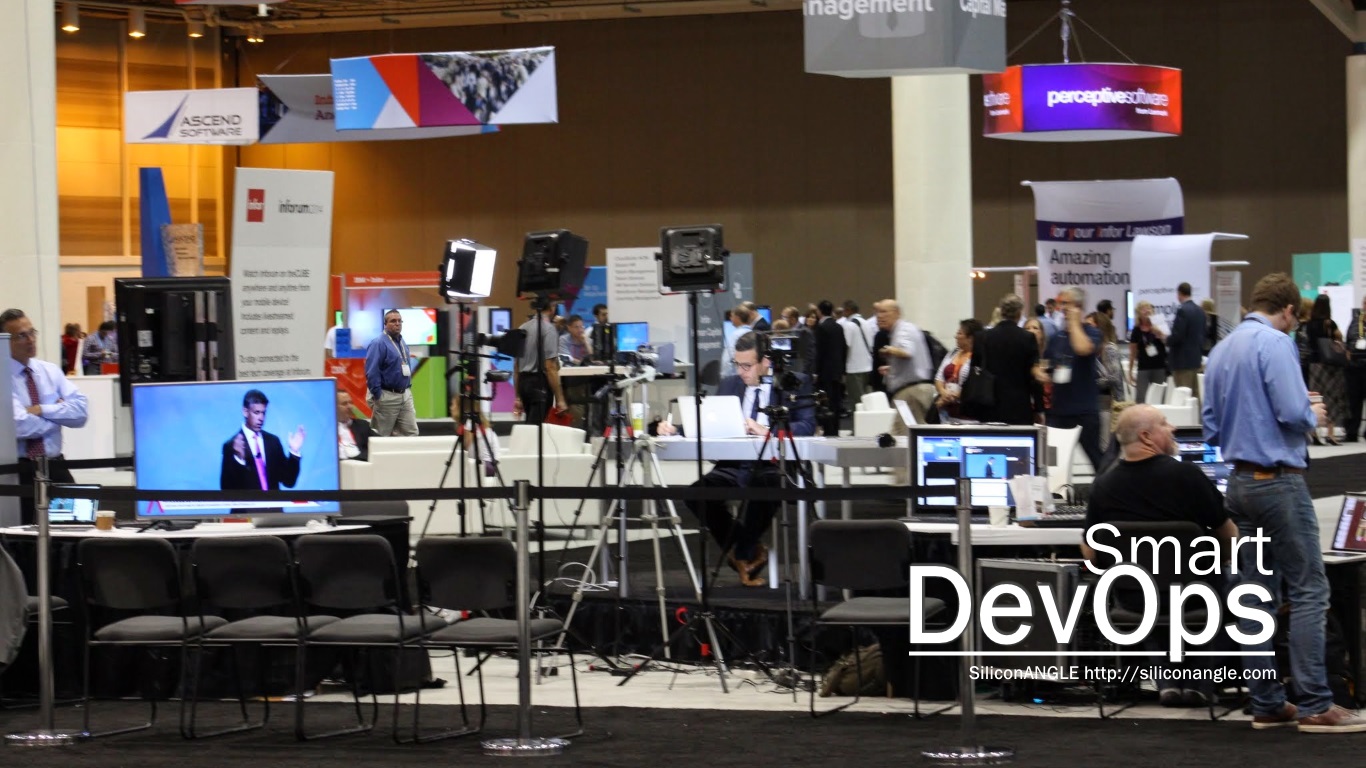 NEWS
NEWS
 NEWS
NEWS
 NEWS
NEWS
Smart DevOps Round-up With SiliconANGLE
CAST software, which develops an Application Intelligence Platform (AIP) for analyzing the structural quality of software, released its third biennial CAST Research on Application Software Health (CRASH) report on agile development.
The report states that the software development community benefits most in terms of robust and secure applications when enterprise software is built using a mixture of agile and waterfall methods rather than either agile or waterfall alone. For the new report, CAST has examined 1,326 applications from 212 organization from various industrial sectors in Europe, India and the USA. Overall, there were more than 700 million lines of code.
The report found that 28 percent of the applications were less than 50,000 lines of code (LoC), 33 percent were about 50,000 to 200,000 LOC, 29 percent were of more than million LOC and 11 percent were more than that. Most programs namely 565, were written in Java EE, 280 in Cobol, 127 in .NET, 77 in ABAP, 59 in Oracle Forms, 33 in Oracle ERP, 39 in C, 28 in C ++ and 24 in ASP, while 85 were written in mix of programming languages.
The underlying summary of the report focuses exclusively on the structural quality of code. The company determines five properties of the analyzed code: robustness (stability and defense of errors in modifications), performance (in terms of throughput and resource use), safety (against unauthorized modification), mutability (for prospective modification) and transferability (the care and further development by a completely new team).
On examination, it was found that three-quarters of the applications for the robustness, performance and security factors had scores higher than 3.0 (on a scale of 1 to 4 with 4 being low risk). The aspects of changeability and portability performed considerably worse. CAST found that these two factors in software development cause additional costs resulting in higher risk for robustness, performance, and security. In general, the quality characteristics of applications are not in relation to their size.
Bill Curtis, Senior Vice President and Chief Scientist at CAST, said in an interview to InfoQ that damages when these problems strike business critical applications can run into the millions, and in the worst cases they have made software quality a boardroom issue.
“Structural quality represents the engineering of an application—not whether it computes an answer correctly, but whether the architecture and code is constructed in a manner that avoids crashes, unauthorized access, data corruption, inability to scale, excessive complexity, and similar problems,” he said.
He continued, “While I can make a case for several structural quality factors, Security and Reliability are getting the most attention since breaches and critical outages seem to be reported daily.”
The CAST report shows enterprise can take some advantages on robustness, performance efficiency, security, changeability, etc. by combining features of Agile and Waterfall methods. In fact, for robustness and changeability two third of the scores for the hybrid methods were higher than the median for Agile or Waterfall methods used alone.
“Good structural quality was most often observed when the early architectural analysis characteristic of Waterfall methods was combined with continual testing of the emerging software in Agile sprints. We did not see significant differences between Agile and Waterfall methods in structural quality, it was really their combination into hybrid methods that made a difference,” Curtis said.
Dan Galorath of Galorath Incorporated, also states that agile and hybrid methods being most effective were consistent with Galorath’s observations that Agile itself is not so much a methodology as a mind-set. Iterative or incremental development with constant feedback based on frequent builds allow course corrections when costs are low and keep a project agile (with a small a). And while SCRUM type Agile approaches can be very effective, agile benefits can often achieved using hybrid approaches.
Where work is done according to the waterfall model or agile method, the results in all individual categories are significantly better than those without such an approach. Most preferably, the software is revealed according to the results of the analysis if waterfall and agile methods are interconnected.
The CRASH report concludes that a standard procedure need to be followed to increase the maturity of software development and, secondly, enterprises should eliminate obstacles for disciplined software engineering.
THANK YOU